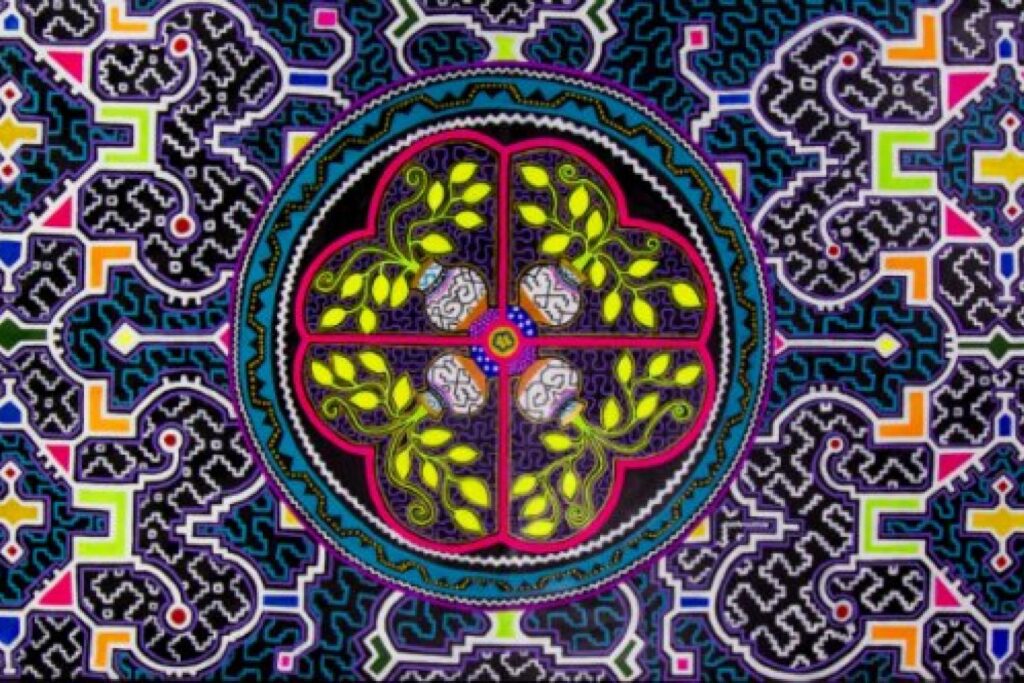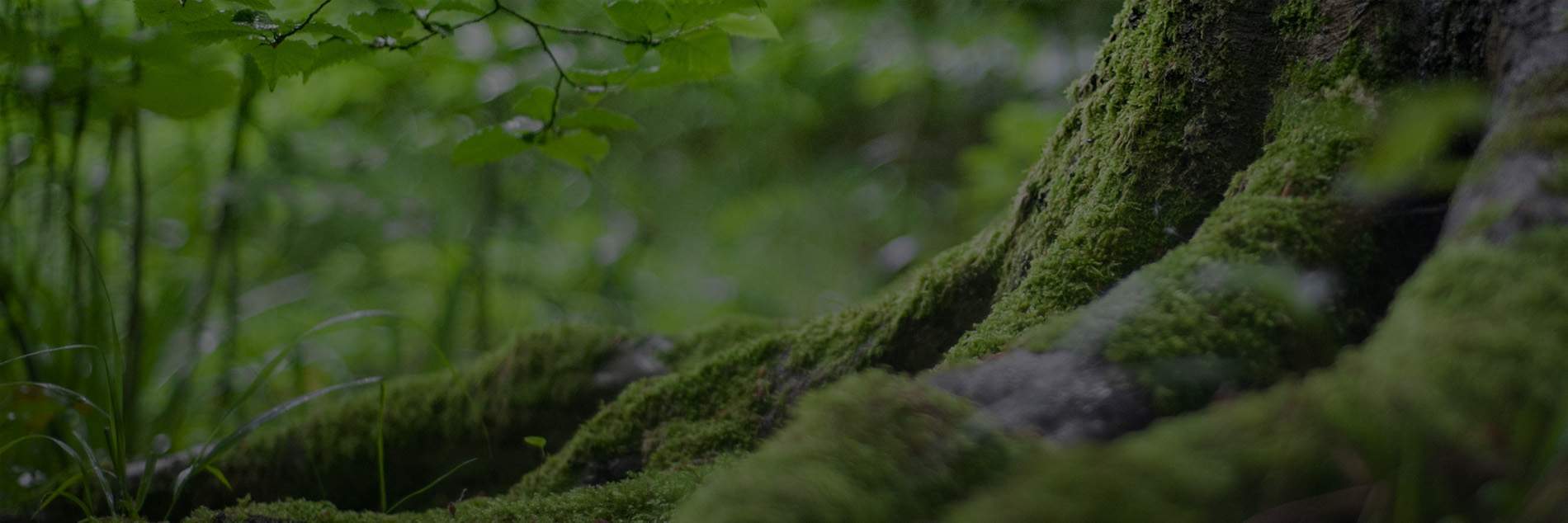Michael Harner, early work among the Conibo

Michael Harner was a leading scholar and practitioner of shamanism who lived from 1929 to 2018. He was an anthropology professor at the New School of Social Research. In 1987, he left academia to devote himself full-time to the Foundation for Shamanic Studies. He published an edited book in 1973, called Hallucinogens and Shamanism. In includes articles by other authors and by himself about traditions of ayahuasca ceremony practitioners. He also wrote about the European use of hallucinogens, henbane, mandrake, and belladonna in what was regarded as witchcraft, and which was persecuted by the Inquisition in the 1400s to 1600s.
Dr. Harner wrote that in its traditional context, people consumed ayahuasca for a serious supernatural purpose. It allowed the participants to see through the world to a supernatural and actual reality. He wrote that the custodians of these ancient methods have knowledge that their ancestors acquired over hundreds of generations of acquired knowledge, learned painstakingly in situations of life and death to maintain health and strength, to cope with serious illness, and to deal with the threat and trauma of death.
He studied the Conibo Indians of the Río Ucayali of eastern Peru, a tributary of the Amazon, doing anthropology field work in 1960-61. He stated that the Conibo were a peaceful people.
At the time of his 1973 book, the literature was developing botanical information about the components among different indigenous groups. The components of the drink, chacruna and chagropanga, were just being identified. Dr. Harner believed that the Shipibo-Conibo used Chacruna, the Psychotria viridis, as did the Cashinahua of eastern Peru. Their languages were similar as well. The admixture we know as chacruna was called cawa by the Shipibo-Conibo and a small group of people called the Amahuaca around the Peruvian-Brazilian border. His hosts offered him the opportunity to take ayahuasca, and told him it would be frightening. His first ayahuasca journey was in 1961, and it formed his initiation into shamanism. An elder boiled the vines all afternoon. He had visions after drinking the medicine, and saw brilliant waterfalls, geometric patterns, dim figures, and creatures. Two boats approached him and merged and became a moving valley and he heard beautiful singing. Then he saw animal-human composite figures and his body felt like concrete and he felt as though he was being taken away and being offered esoteric knowledge reserved for those who were about to die. Reptilian beings approached him from space and told him they came to earth and created life forms and were part of the composition of life here. He wanted to understand his visions, and approached an elder shaman the following day, a renowned blind man who was very familiar with ayahuasca. He told the shaman about the giant dragon-like creatures who said they were the true masters of the world. The Conibo shaman said, “Oh, they’re always saying that, but they are only the masters of the outer darkness.” Dr. Harner was shocked that the shaman was familiar with the spirit world, and its apparent reality, because he had not disclosed that these beings had come from the outer darkness.
Dr. Harner states that the origin myth of the Conibo involved a dragon boat with singing spirits and the invitation to come for revelation. He learned about the journey into the Lowerworld and retrieving spirits from the Conibo. He wrote, “The Conibo Indians taught me to follow the roots of the giant catahua tree down to the ground to reach the Lowerworld.” In the shamanic state, he wrote, its roots were transformed for him and his Conibo friends into black serpents they would slide down to reach lands of forests, lakes, rivers, and strange bright cities illuminated, although the sessions were in the darkness of night.
The Shipibo-Conibo are an indigenous Amazonian culture originally separate but through intermarriage and communal ritual they became one group. They were not conquered by the Inca and resisted the Franciscan Catholic efforts to convert them beginning in the 1600s. They originally lived along the Ucayali River. There are as many as 35,000 individuals spread over a large area of Amazon jungle in Brazil, Ecuador and Colombia, and many are living in Pucallpa and other parts of Peru. They are very mobile and the census data is unreliable. Estimates are that there may be about 20,000 Shipibo-Conibo in Peru, which is fewer than 10 % of the registered indigenous population in the country, although census data is unreliable. Pucallpa, a port city, grew quite large during the rubber boom, and it has attracted large numbers of people of European descent as well as Shipibo-Conibo from the jungle areas. This may have encouraged exchange of information and experience with ayahuasca. The Shipibo-Conibo sell many fine arts and crafts with the distinctive maze-like patterns in pottery and embroidery, which are similar to ayahuasca visions.


